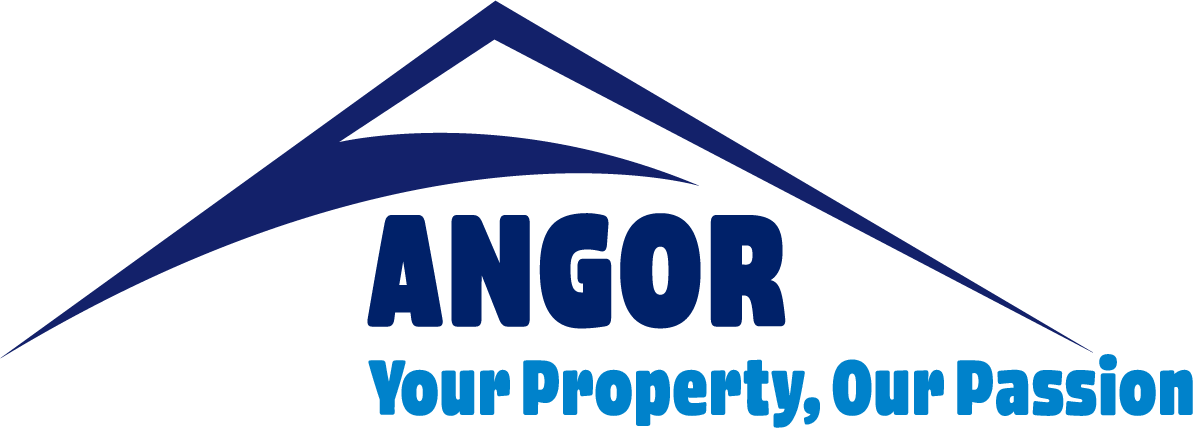💰 Levies in Sectional Title Schemes: Where Do They Go?
One of the most common frustrations owners have is: “My levies are too high!”
To understand levies, you first need to know what they cover – and why they’re essential for keeping a scheme running.
Here are the main levy types:
- Administrative Fund Contributions – Cover the day-to-day running costs of the scheme — cleaning, security, insurance, municipal bills, management fees, and other operational expenses.
- Reserve Fund Contributions – Legally required under the STSMA. These funds are ring-fenced for long-term repairs and replacements identified in the scheme’s 10-year maintenance plan.
- Exclusive Use Contributions – Payable by owners who enjoy exclusive use of certain areas (like storerooms). These contributions ensure fair maintenance of those spaces.
- CSOS Levy – Collected by the scheme and paid over to the Community Schemes Ombud Service to fund dispute resolution and oversight.
- Special Levies – Raised when unplanned or urgent expenses arise (such as major repairs, insurance shortfalls, or emergencies) that aren’t covered in the approved budget.
💡 Some schemes also include separate levy line items – for example, a “Security Levy” or “Garden Levy” – where members have asked for these costs to be shown clearly on levy statements.
Why trustee resolutions matter:
Levies don’t become due automatically after budget approval at the AGM. Trustees must pass a formal resolution to confirm levy contributions before they are legally enforceable.
👉 Understanding levy types helps owners see that levies aren’t “extra charges” – they’re carefully structured contributions that protect everyone’s investment.
Your levies at work: protecting value, funding maintenance, securing your scheme.

